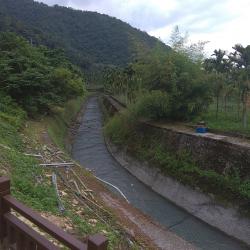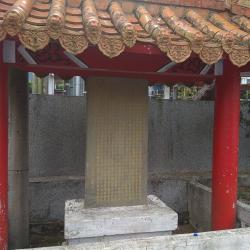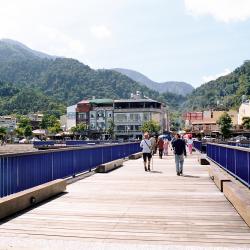Xiangtianzhen is a section of an underground tunnel, located in Yuchi Township, Nantou County. It was built during the Japanese Occupation period by the Government-General in Taiwan when the Sun Moon Lake hydroelectric power project was constructed. The underground tunnel, which is about 15 kilometers long, was built to induce water from the blocked Zhuoshui River into the tunnel and then into Sun Moon Lake. This underground tunnel is called the Wujie Channel. However, a section of the tunnel is on the ground because when passing through the riverbed of Muzilan Creek, the riverbed is lower than the tunnel itself. Therefore, an elevated channel is adopted to pass the stream. Since this section is on the ground and open air, it is called Xiangtianzhen, meaning facing the sky.


